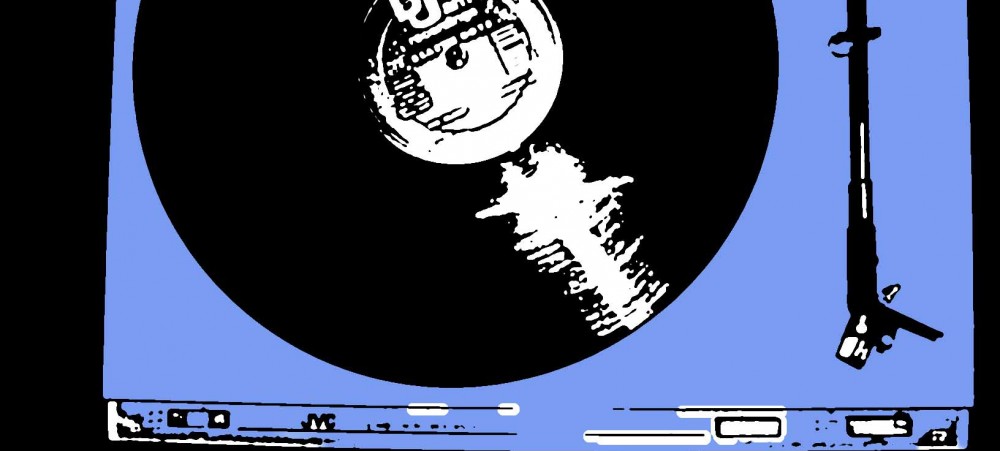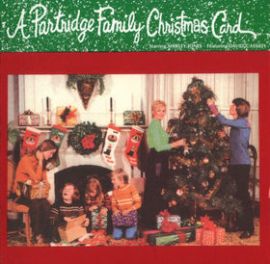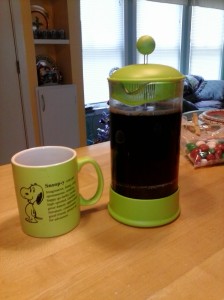Elvis Presley dominated the airwaves for years, and maintains a posthumous presence today. Though he’s renowned for hits such as “Hound Dog” and infamous pelvis gyration, his Christmas music ranks among the elite classics. Browsing the Elvis Christmas releases can be daunting, as his holiday tunes have been released and re-released an obnoxious number of times. For simplicity’s sake, I’m reviewing If Every Day Was Like Christmas. Grab a chair, crank up the stereo, and slip on the blue suede shoes.
Browsing the back of the album, you’ll notice that If Every Day Was Like Christmas is a hefty release. A whopping 24 tracks, it’s a purchase that feels well worth the cash. Every song is phenomenal. Festivities begin with “Why Can’t Every Day be Like Christmas.” Fair enough Elvis, I respect your holiday spirit, but that would require a year-round tree, decorations encroaching on other holidays, and a never-ending onslaught of relatives. Thus, it may be better that every day is not actually like Christmas. His point, however, is the tranquility and sense of unity which Christmas traditionally bestows upon the masses. Who can resist smiling with Xmas jingles blaring, jolly fat Santas ho-ho-hoing and red Starbucks cups adorning mittened hands?
As per usual, the content of Elvis’ album isn’t particularly new, but his renditions are the reason we all dust off the disc and throw it on the turntable, pop it in the CD player, or stream all 24 tracks. “Blue Christmas” bounces along merrily, despite the assertion of dampened sentiments. Presley brings his unique mumbling warble to each song. “Here Comes Santa Claus” shines with this recognizable delivery. As the song progresses you can almost see Elvis’ expression growing increasingly animated as his voice crescendos into an energetic “Cause Santa Claus comes tonight!” Try playing Bing Crosby’s “White Christmas,” then the Elvis version. The contrast is remarkable, and highlights the positive vibe Elvis emanates. Gone are the wistful, church-like Bing baritones. No offense at all, Bing. Your version set a standard. But Elvis broke barriers, which earned fame (and infamy).
“Santa Bring My Baby Back to Me” further illustrates the joyous nature so prevalent on If Every Day Was Like Christmas. Elvis sounds unlike a man depressed by absence from his gal, but rather finds consolation in begging Santa for a reunion. Why Santa has said female friend isn’t really explained. Let’s just hope Elvis hung a large enough stocking for his beloved. Interestingly, Elvis even brings his upbeat performance to serious tunes like “O Little Town of Bethlehem.” He understandably tones down the bulbous joviality which graces most other tracks, but he still manages to infuse such songs with a celebratory feel. Considering the fact that Christmas is intended as a season for generosity and caring, it feels more appropriate than funeral march adaptations which often pollute holiday albums. While you can’t go wrong with any Elvis Christmas release, If Every Day Was Like Christmas certainly comes with substantial play time and replay value. Spontaneous hip gyration is a known side effect, so grandma might be offended. Dance at your own risk.






